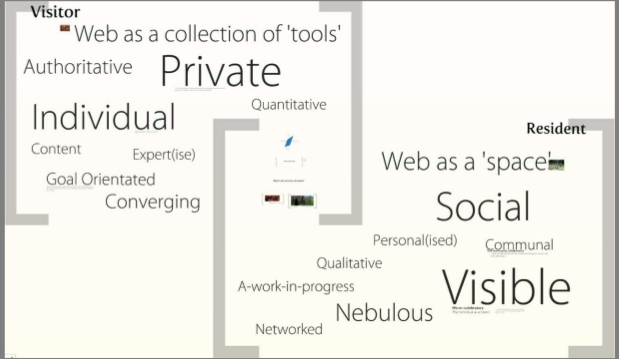
Topic 1. ‘Visitors’ v ‘Residents’
The White and Cornu’s (2011) ‘visitors and residents’ typology is based on different styles of using the Internet, the Web in particular, by individuals. The authors of the article conceptualised the Web using the metaphores of ‘tool’ and ‘place’. The Web as a ‘tool’ means using online resources to achieve a goal, whether is it shopping, searching for jobs or watching YouTube videos.
Continue reading →



















